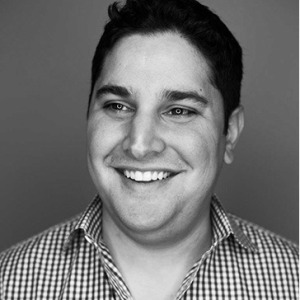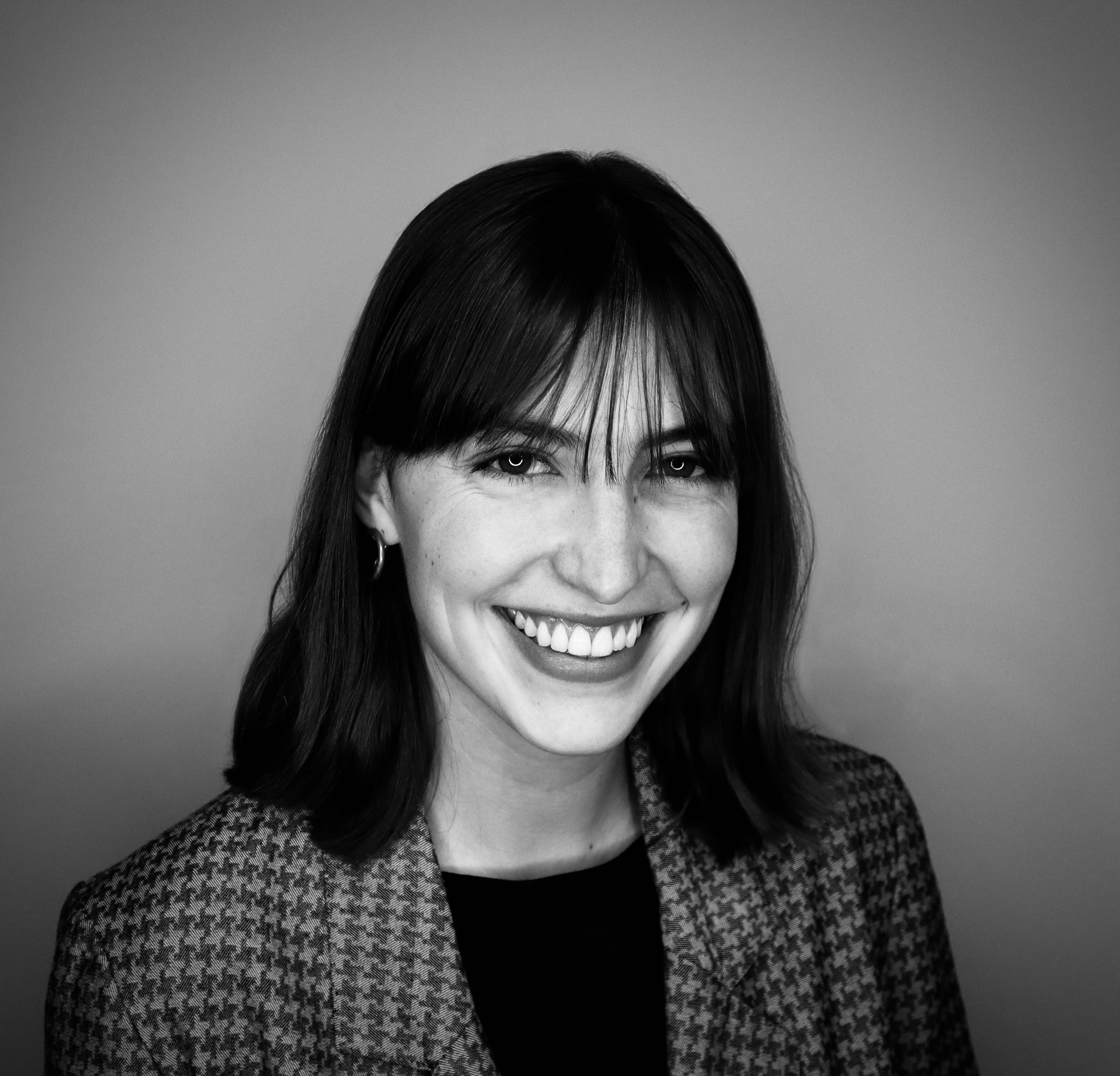BLOG
Bringing Trust Back to Barclays: When a Strong Social Purpose Pays Off
Not all brands create purpose-led products. Winning in the purpose era sometimes means using branded signature social programs.
There is a general acceptance that an organization’s effective social effort should also boost business, but many suggest that the route to winning in the purpose era is by directly helping society through efforts like manufacturing wind turbines, distributing healthy food or saving costs from reduced energy use. The problem is that few companies make wind turbines or offer organic food, and energy use goals over time become less and less dramatic in part because incremental progress gets harder.
An alternative is to use branded signature social programs, whether internal or through a partnership with an external nonprofit, to advance the brand driving the business by providing energy and visibility, an image lift, and engagement opportunities for employees and other stakeholders.
A reasonable question that comes to mind—can a signature program truly help a business that may not be closely related to the program? There is research in psychology and elsewhere that supports the belief that elements of an admired social program can affect the perception and liking for the sponsoring brand. However, more definitive and rare evidence comes from brands that have demonstrated the impact of a signature social program on a brand in the field. An example is Barclays, that conducted what is termed a “before-after: experiment,” where relevant measures such as perceived trust are taken before the “treatment,” in this case the communication of stories around new social programs and compared to those same measures after.
Barclays is a role model for how to use branded signature social programs to regain trust, a key brand dimension in the financial services industry. The Barclays brand was damaged by the 2008 financial crisis with accusations that Barclays had manipulated key interest rates. In 2012, the trust level for Barclays in the United Kingdom was well below that of its competitors despite several years of PR and advertising arguing that the “new” Barclays should be trusted. It is not a stretch to conclude that Barclays was one of the least trusted brands in a heavily mistrusted sector in the U.K., Needing a restart, Barclays created a new brand purpose: “Helping people achieve their ambitions—in the right way.”
The 140,000-employee base was encouraged to create programs responsive to the new purpose. Dozens of programs emerged. The Digital Eagles was created by a 17-person employee group (a decade later the team had grown to 17,000 employees) with a mission to teach the public, especially the older cohort, about surviving and even thriving in the digital world. Stories about how the Digital Eagles and other programs affected real people helped shine a light on the social purpose initiatives at Barclays.
One story featured Steve Rich, a sports development officer, who had lost his ability to play football (soccer to Americans) because of a car accident. However, he could participate in “walking football”—usually played with a six-person team on a small field with no running—and again experience the joy of the sport. Wanting to help others do the same, he decided to raise awareness of walking football and turn it into a nationwide game in Britain. With the help of the Digital Eagles, Rich created a website that linked over 400 teams across the country and connected individuals with teams. It was partly responsible for the growing interest the sport has generated, the emergence of a national tournament, and the ability of people to connect with former football mates. His accomplishments and personal regeneration are inspiring indeed.
Employees were inspired and energized by the programs driven by Barclay’s new higher purpose. And customers and prospective customers changed their perceptions of the brand (as reported by the Edelman Financial Trust Barometer for 2014 summarized in the WARC Study noted above). Two years after the emergence of the signature stories, such as those involving the Digital Eagles, trust in Barclays was up 33%, consideration was up 130%, the emotional connection was up 35% (versus 5% for the category average) and “reassurance that your finances are secure” was up 46%. The new campaign drove six times as much change in trust and five times as much change in consideration as the descriptive “this is the new Barclays” campaign that preceded it. In addition, Barclays received 5,000 positive mentions in the press.
Barclays vividly demonstrates that a signature social program such as the Digital Eagles can lift a brand and is uniquely capable of doing so. There is little doubt that a sharp increase in trust and consideration means an increase in loyalty and even the size of the customer base. Barclays explicitly observes in the 2021 Barclays PLC Strategic Report that offering a complete menu of services to customers is dependent on the earned trust attached to the Barclays brand. The further implication is the Digital Eagles will be supported over decades because its impact on the Barclays brand makes the program a business asset.
FINAL THOUGHTS
In the purpose era, trust is an even more valued attribute and, when lost, it is hard to earn back. Barclays demonstrates that communicating different intentions and programs does not move the trust needle. But the right social purpose and program such as the Digital Eagles told with emotional stories can climb the hill.























